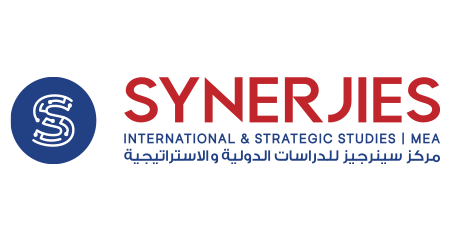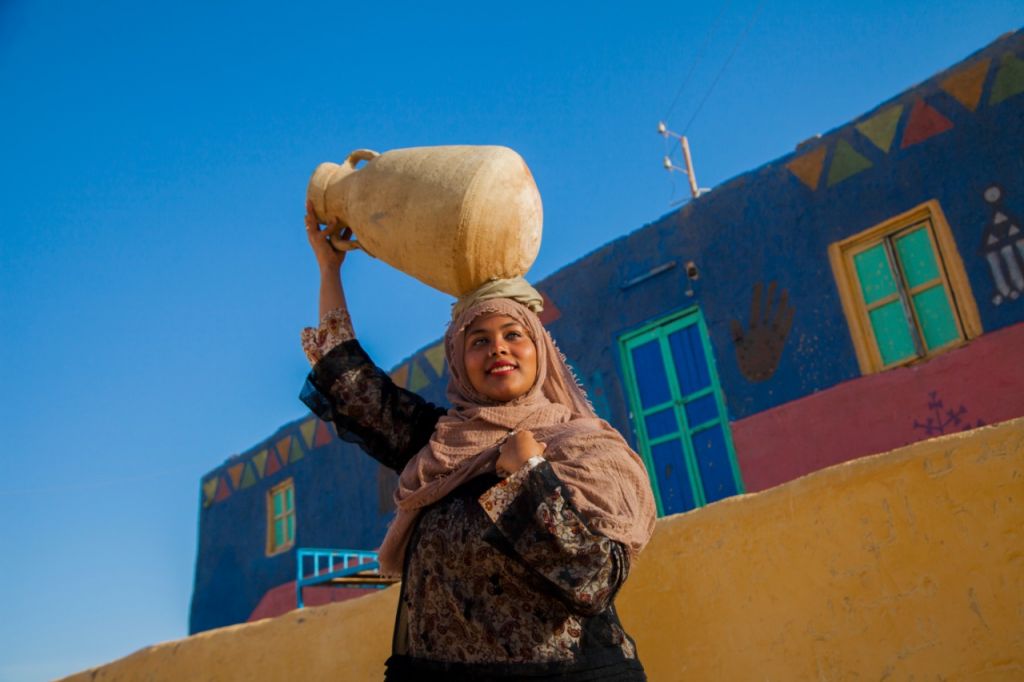This article will debate neither the reasons for the existence of poverty nor the sustainable development efforts in Egypt; the article will instead analyse the differences between tackling the first goal of the United Nations Sustainable Development goals (SDG1: Ending Poverty) from a developmental perspective vs tackling it through a charity one in the Egyptian context during the last 2 years in order to understand how Egypt’s civil society approached 2020 and 2021 while working on reducing poverty.
Deeper Understanding: Variables & Definitions of Philanthropic Development Line
It is noted that the philanthropic development journey line in Egypt is huge, and it remains one of the most important tools to develop societies. Philanthropic engagement increases both the citizenship and the ownership sense, in addition to creating innovative tools to fill the local financial gaps on the subnational (local) level. Practically speaking, there is a huge difference between philanthropy economic development and philanthropy charity. To identify each, three main variables will be used, the first is the (1) source of financingused to help people or communities in need. It is worth mentioning that any money could be dedicated to development, which is not exactly the case for charity money in Egypt as there is a religious basis for it. Hence, it could be done as religious duty. The second variable is the (2) direct and indirect impacts realized on ground and their effect on society as a hall. This variable could be measured by different tools that aim to know the long- and short-term impacts on individuals, on communities, society and even on both; the country and regional level and to test the sustainable development impact. While the third variable remains the (3) purpose; main conscious and subconscious goals of these practices and activities.
Philanthropy reflects the matter of helping others by using the existing resources of one person, family or group of people. But development reflects the process non-profits use to grow philanthropically helping certain individuals or societies. Therefore, economic development philanthropy (place-rooted foundations) can design their activities and even their strategies based on large goals that might reflect the nation’s social or economic needs and positioning. Economic development creates opportunities for society to grow economically, politically and socially stronger (Bradshaw & Blakely, 1999). However, when it comes to “charity” in philanthropy, it is different even in purpose. Back to literature, Lan Pritchett (a development economist at Oxford) differentiated between development and charity saying that: “development is about countries becoming prosperous, democratic and capable, like being able to deliver the mail, having police forces that work and kids who get educated. But charity work is helping people to cope with the fact that they live in places where they don’t have the main services.” As a further matter, the financial source of charity is aid and only aid. Meanwhile, charity and development, both can play complementary work, fill important needs and present essential services to the community most in need, they coexist easily, however, the survival of charity work can influence and be influenced by the development process.
Adjust on Expenditure Goals: Development & Charity in Egypt
In Egypt, there is a huge amount of money that was spent from 2015 until the end of 2020 by the non-governmental local and foreigner organizations, which definitely reflects an extraordinary effort in supporting the Egyptian development and charity ecosystems. Hereafter, the government announced the poverty rate (according to the national poverty line) that marked an effort realized in this topic, as it has declined to 29.7% in the 2019/2020 fiscal year, down from 32.5% two years earlier (the poverty, consumption, and income research – CAPMAS). As per Ministry of Social Solidarity’s official statistics, the total expenditure of local non-governmental organizations through grants from 2015 until the end of 2020 was EGP 8,988,274,402. The total expenditure of local non-governmental organizations through fundraising licenses and donations from the public from 2015 until the end of 2020 was EGP 17,680,201,444. And for the total expenditure of foreign non-governmental organizations for which a work permit has been issued by the Ministry of Social Solidarity: EGP 5,470,672,122.
In parallel, a large amount of money was spent by the government to enhance the quality of life of Egyptians. However, a different developmental strategy was adopted by the government at the end of 2019 to mobilize all efforts in one plan dedicated to the poorest villages under the name of the presidential initiative “Haya Karima”. Consequently, the Egyptian government during the pandemic invested a huge amount of money to mitigate poverty across all demographics and to deal with the economic challenges on the microlevel. First, in the 2020-2021 fiscal year, the government has invested EGP 47bn ($3 billion) to the governorates of Upper Egypt, which means that it has increased the dedicated budget to Upper Egypt governorates by almost 50% in comparison with the previous fiscal year (2019-2020), representing 25% of total government investments. This investment was dedicated to a huge number of projects, one of them was the first phase of Haya Karima initiative.
Then, in the 2021-2022 fiscal year, the Ministry of Planning and Economic Development through Egypt’s sustainable development plan has allocated EGP 200 billion that was only dedicated for the second phase of “Haya Karima” initiative and announced it as a National Project that aims to reduce poverty by improving the quality of life from all aspects in the poorest rural communities. To be noted that this amount of money reflects only the governmental expenditure without including the civil society’s contributions in it.
Development vs Charity Work: Ending Poverty (Purposes & Impacts)
The Haya Karima (HK) project adopted two main goals; the first is developing infrastructure services and providing the main human services to the rural poorest communities in need, like clean water, a strong healthcare system, access to high-quality education, and decent housing. The second goal is to give the people most in need the ability to help themselves and work in decent jobs, by establishing micro-projects. This enormous project is challenging in terms of implementation and might take a long time before the beneficiaries start seeing its impact. Although, it will perfectly affect the economic development of the country and the population. Different stockholders are taking part in the implementation of HK activities, and civil society is cooperating with the governmental entities on a complementary plan. This reflects exactly the definition of development as mentioned by Lan Pritchett previously; hard to realize but not impossible once localized. Which means wherever the projects are planned, led, financed, implemented and evaluated locally, there will be socio-economic development.
Using the same example of SDG1 (Ending Poverty); Egypt has a large number of vulnerable women in debt who not only fight to pay their debts but also suffer to reintegrate into society. These women are definitely ‘Victims of Poverty’, they face jail for years after borrowing money that they are not able to give back on time. Mostly, this money is spent on medications, marriage traditions, in order to avoid certain social stigmas and even sometimes just to provide daily basis needs such as food. For years, an enormous number of non-governmental organizations took the lead to pay the debts, protect the women from facing jail and reunite them with their families; despite the effort, the number of women facing debt dramatically increased over the years. Having a zero debtor in prison is one of the philanthropic society’s dreams. Paying the debt of a human being is an act of charity until it is followed by a group of projects like training these women on decision making and establishing micro-projects for those most in need.
To conclude, simple innovative projects could be added to each act of charity, in order to enhance the developmental process; because relying only on quick short-term aid helps people cope with their current situation but does not provide a long-term fix. Hence, the aid industry must play a complementary role in national sustainable development strategies to achieve the SDGs.
References:
- Decent Life (Haya Karima): Sustainable Rural Communities, sustainable Development Goals, UN Partnerships Platform.
- Trainer, T. (2002), “Development, charity, and poverty: The appropriate development perspective”, International Journal of Social Economics, Vol. 29 No. 1/2, pp. 54-72. https://doi.org/10.1108/03068290210412985
- The second phase of Haya Karima targets 4,670 villages in the next 2 years, Egypt Today staff, Mon, 17 May 2021, Egypt Today.


